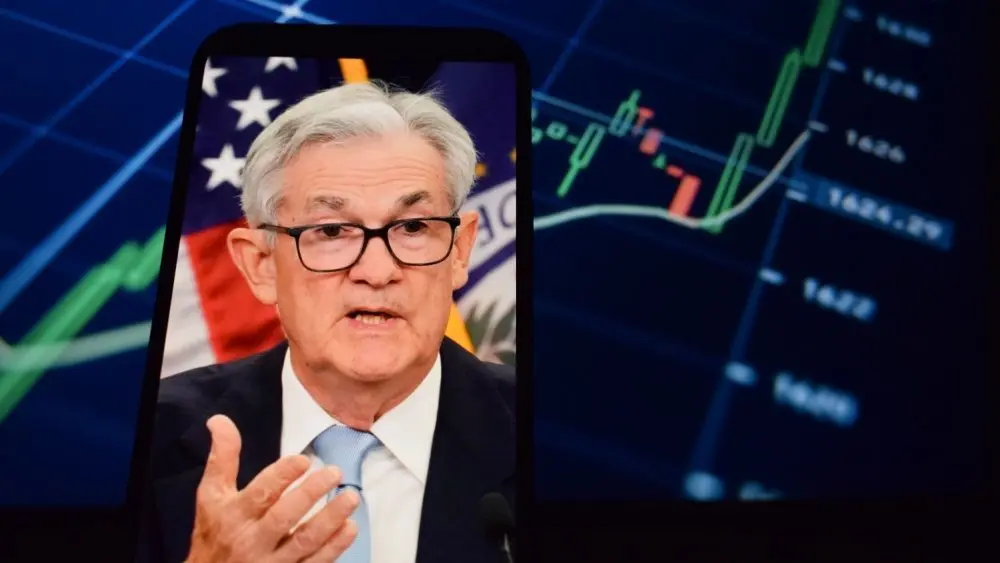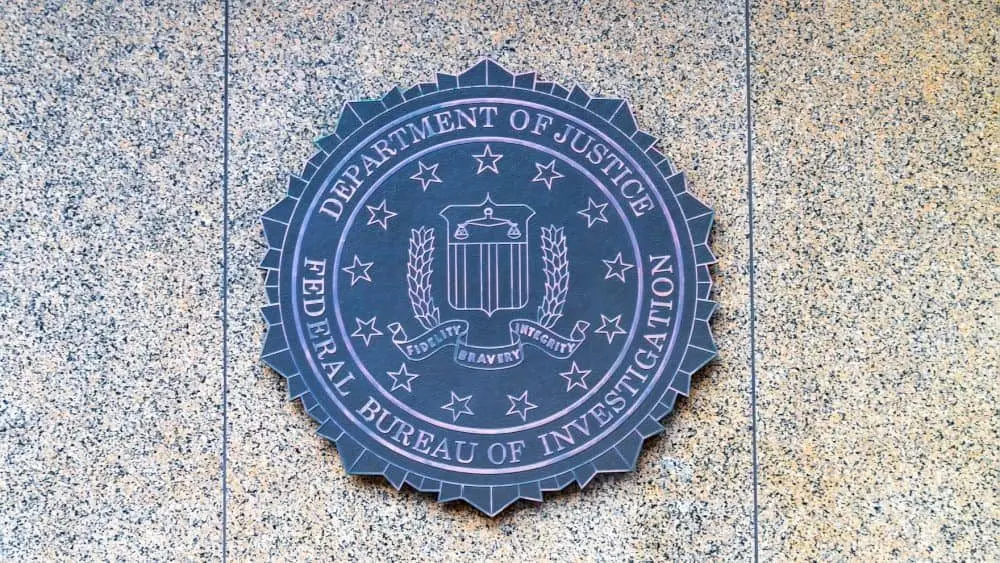
On Wednesday, the Federal Reserve announced they have cut its benchmark interest rate for the first time this year by a quarter of a percentage point, in an effort to revive the flagging labor market.
Policymakers opted for the quarter-point cut to the Fed’s benchmark rate, in line with expectations. The rate was previously set at 4.25% to 4.50%. The vote for the quarter-point cut by the Fed’s rate-setting committee was 11 to 1. The sole dissenter, in favor of a half-point cut, was newly appointed governor Stephen Miran, who was sworn in this week (he is currently on leave but still maintains his title as chair of the White House’s Council of Economic Advisers). Trump’s other appointed governors- Michelle Bowman and Christopher Waller – both voted for the quarter-point cut.
The Fed cut reduces the federal funds rate — what banks charge each other for short-term loans — to between 4% and 4.25%, down from its prior range of 4.25% to 4.5%. The last time the central bank eased borrowing costs was in December 2024, when it also trimmed rates by a quarter of a percentage point. Federal Reserve officials are also penciling in two more rate cuts in 2025, but only one in 2026, according to the central bank’s summary of economic projections.
The Fed is guided by a dual mandate to keep inflation under control and maximize employment. In a statement on Wednesday, the FOMC indicated greater concern for slowing employment growth than for rising inflation. The FOMC said that “the Committee is attentive to the risks to both sides of its dual mandate and judges that downside risks to employment have risen.”
The latest policy move comes as the Federal Reserve is grappling with a difficult balancing act: bringing down inflation, which has been climbing again in recent months, while also trying to bolster a labor market that shows clear signs of weakening. Economists remain divided over whether lowering rates is the right course of action at this point; however, supporters of the rate cut argue that lower borrowing costs could give businesses more breathing room to expand and hire, while also easing the burden on consumers as credit card interest rates decline.
Signs of a slowdown in the job market are becoming harder to ignore. The August employment report showed only 22,000 new positions created, a number that fell far short of analysts’ forecasts. It also revealed that the country actually lost jobs in June. Since January, just 598,000 jobs have been added nationwide, a steep drop compared with the 1.4 million created during the same period last year. The unemployment rate inched up to 4.3% in August—the highest level seen outside of the pandemic since September 2017.
Editorial credit: miss.cabul / Shutterstock.com













